What Are the Predators in Zion National Park?
Zion National Park is home to a wide range of wildlife, including several fascinating predators. These animals are essential to maintaining the park’s natural balance by controlling prey populations and supporting the ecosystem. From large mammals to skilled hunters in the skies, the predators of Zion showcase the diversity of life in this remarkable park.
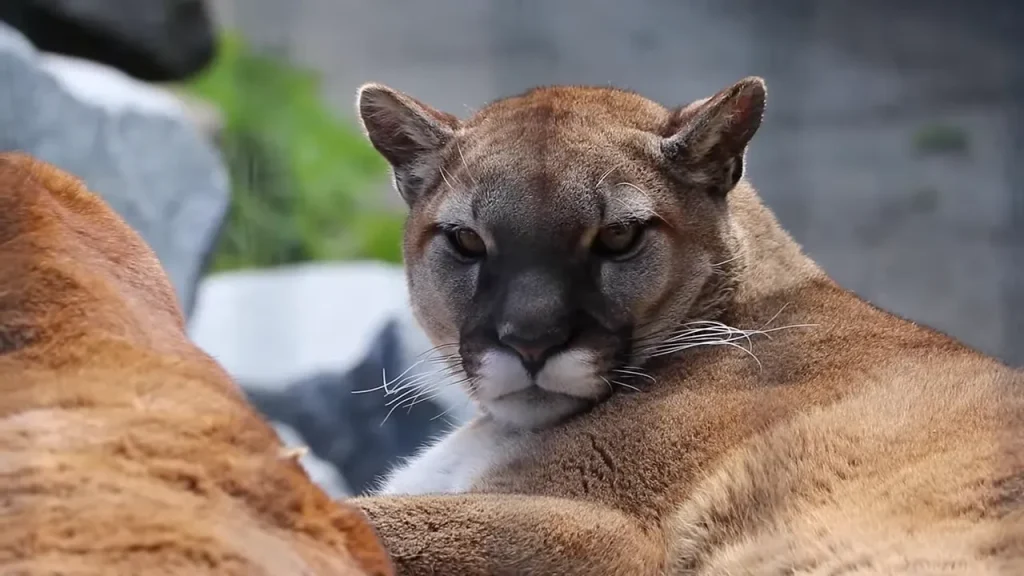
Table of Contents
Major Predators in Zion National Park
1. Mountain Lions (Cougars): The Apex Predators
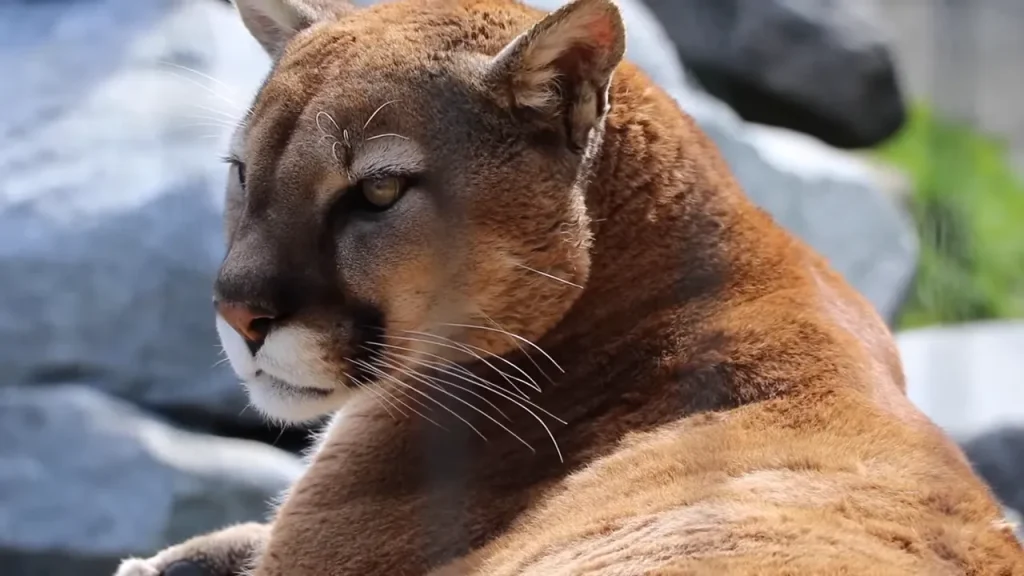
- Description:
Mountain lions, also called cougars or pumas, are the largest predators in Zion National Park. These powerful cats are known for their stealth and ability to hunt large prey, such as mule deer. They have a tawny-colored coat, long tails, and a muscular build, making them excellent hunters. - Diet:
Their primary food source is mule deer, but they will also hunt smaller animals like rabbits, raccoons, and even rodents if necessary. - Behavior:
Mountain lions are highly elusive and prefer to avoid human interaction. They are most active at dusk, dawn, and during the night. Spotting one is extremely rare due to their solitary and stealthy nature. - Role in the Ecosystem:
By controlling deer populations, mountain lions prevent overgrazing, which helps preserve vegetation and supports the entire ecosystem.
2. Coyotes: Versatile Hunters

- Description:
Coyotes are medium-sized wild canines known for their adaptability and intelligence. They have a grayish-brown coat, bushy tails, and pointed ears. - Diet:
Coyotes are opportunistic hunters and scavengers. They feed on small mammals like rabbits, rodents, and squirrels, as well as birds, insects, and even fruits or carrion when available. - Behavior:
Coyotes are commonly seen during early morning and late evening, though they can be active at any time of day. They are often spotted in open areas, meadows, and along park trails. - Role in the Ecosystem:
Coyotes help maintain healthy populations of smaller animals, reducing overpopulation and supporting the balance of the food chain.
3. Bobcats: Stealthy Predators
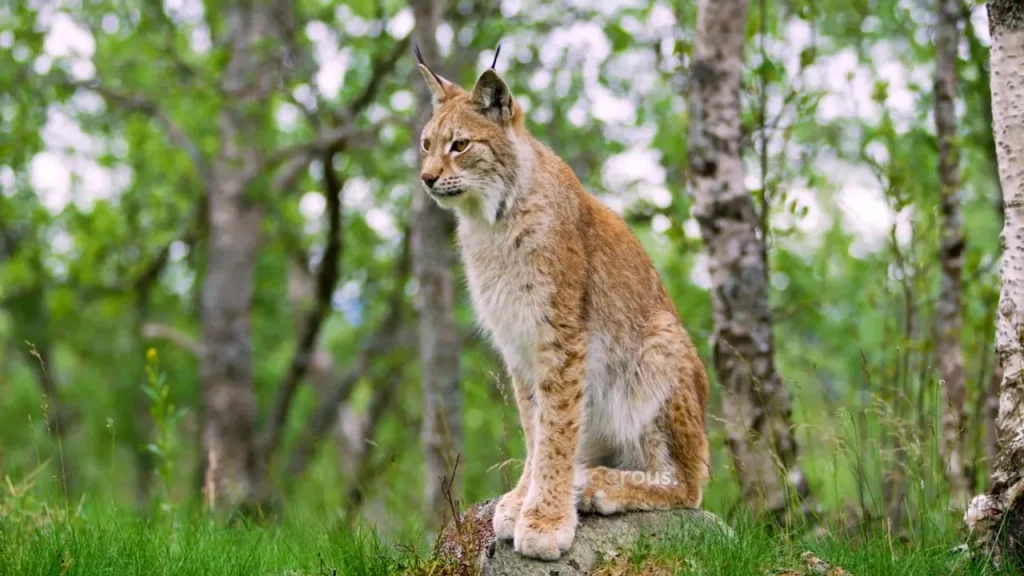
- Description:
Smaller than mountain lions, bobcats are medium-sized wild cats with tufted ears, spotted coats, and short, “bobbed” tails. They are solitary and highly skilled predators. - Diet:
Bobcats primarily hunt small animals such as rabbits, rodents, and birds. They are agile hunters that rely on stealth and quick reflexes to catch their prey. - Behavior:
Like mountain lions, bobcats are most active during twilight and nighttime. They prefer areas with plenty of cover, such as rocky outcrops, forests, and shrubs, where they can remain hidden. - Role in the Ecosystem:
By preying on smaller animals, bobcats help control populations of rodents and other species, which can otherwise cause ecological imbalances.
4. Raptors: Aerial Predators
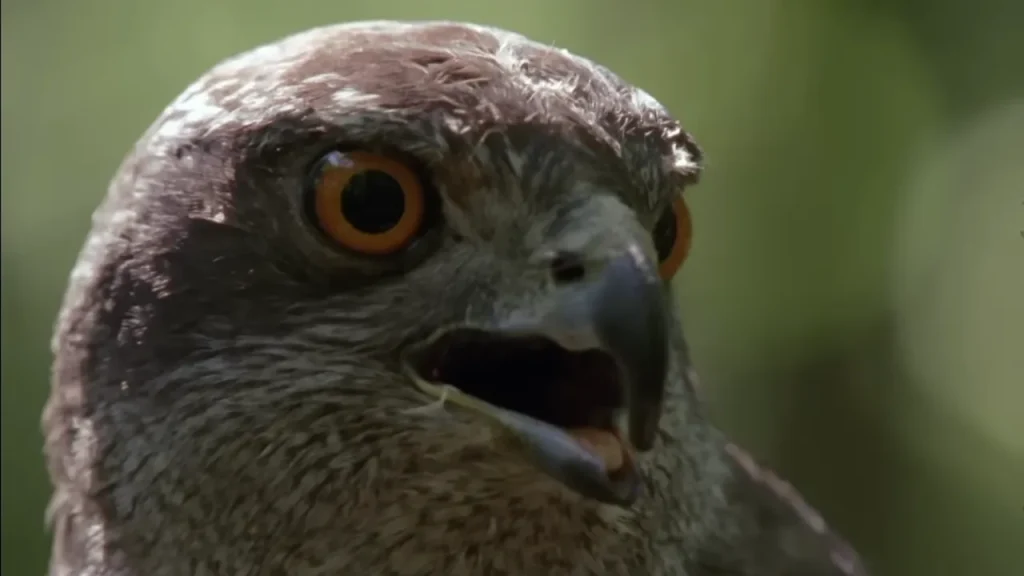
- Description:
Raptors, or birds of prey, are expert hunters in Zion’s skies. Species include golden eagles, peregrine falcons, red-tailed hawks, and turkey vultures. These birds are equipped with sharp talons, hooked beaks, and keen eyesight for hunting. - Diet:
Raptors feed on small mammals, reptiles, fish, and even other birds. Their diet depends on their type and where they live. For example, peregrine falcons specialize in hunting smaller birds, while golden eagles may hunt larger prey. - Behavior:
Raptors are often seen soaring over Zion’s cliffs and canyons, scanning for prey below. They are active during the day, making them easier to spot than many other predators. - Role in the Ecosystem:
Raptors help control populations of small animals and insects, contributing to the park’s ecological balance.
5. Ringtail Cats
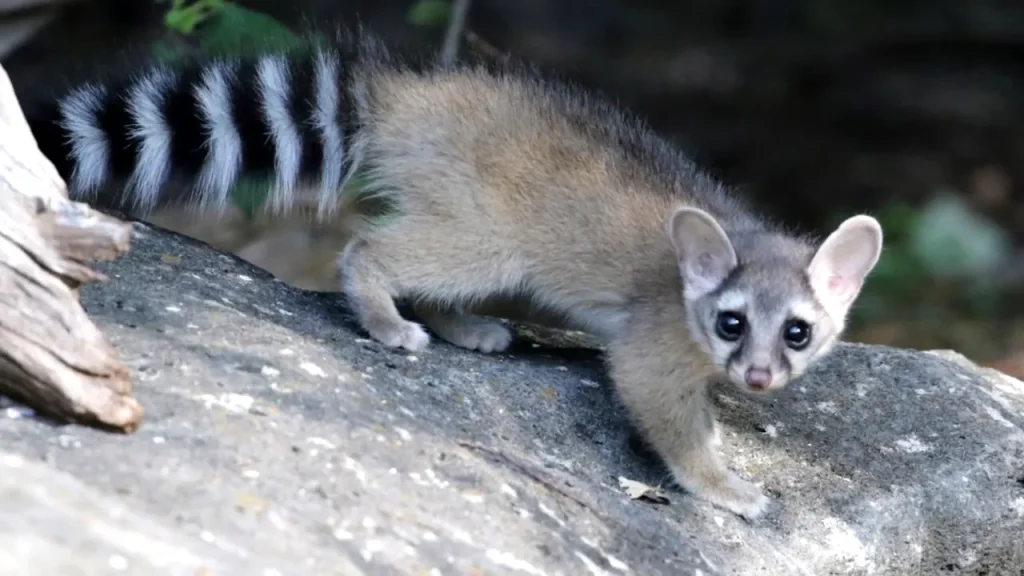
- Description:
Despite their name, ringtails are not cats but small nocturnal mammals resembling a mix of a raccoon and a fox. They have large eyes, bushy tails with black-and-white rings, and agile bodies suited for climbing. - Diet:
Ringtails eat a variety of foods, including insects, rodents, small birds, and fruits. They are opportunistic predators that adjust their diet based on availability. - Behavior:
These secretive creatures are most active at night and are rarely seen by visitors. They often inhabit rocky areas and caves where they can remain hidden during the day. - Role in the Ecosystem:
Ringtails contribute to the control of insect and small mammal populations, helping maintain ecological stability.
6. Snakes: Silent Hunters
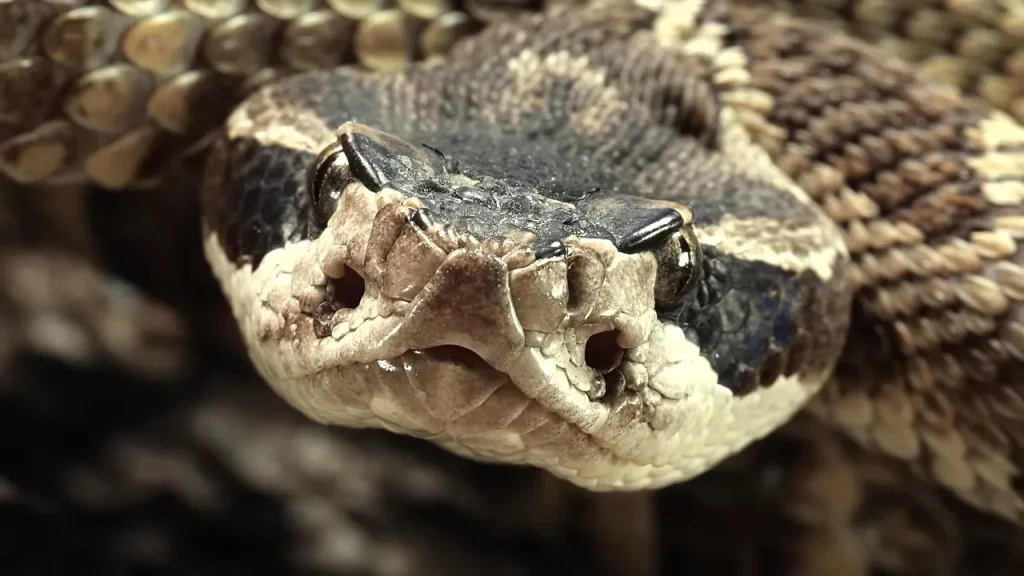
- Description:
Zion is home to several predatory snakes, including the western rattlesnake, which is venomous, as well as non-venomous species like gopher snakes. - Diet:
Snakes feed on small mammals, birds, lizards, and insects. Rattlesnakes use venom to immobilize their prey, while non-venomous snakes constrict their prey before eating it. - Behavior:
Snakes are more active during warm months and can often be found in grassy or rocky areas. Rattlesnakes warn intruders by rattling their tails. - Role in the Ecosystem:
Snakes help control populations of rodents and other small animals, reducing overpopulation and potential damage to the environment.
7. Smaller Predators: Foxes and Weasels
A. Foxes:
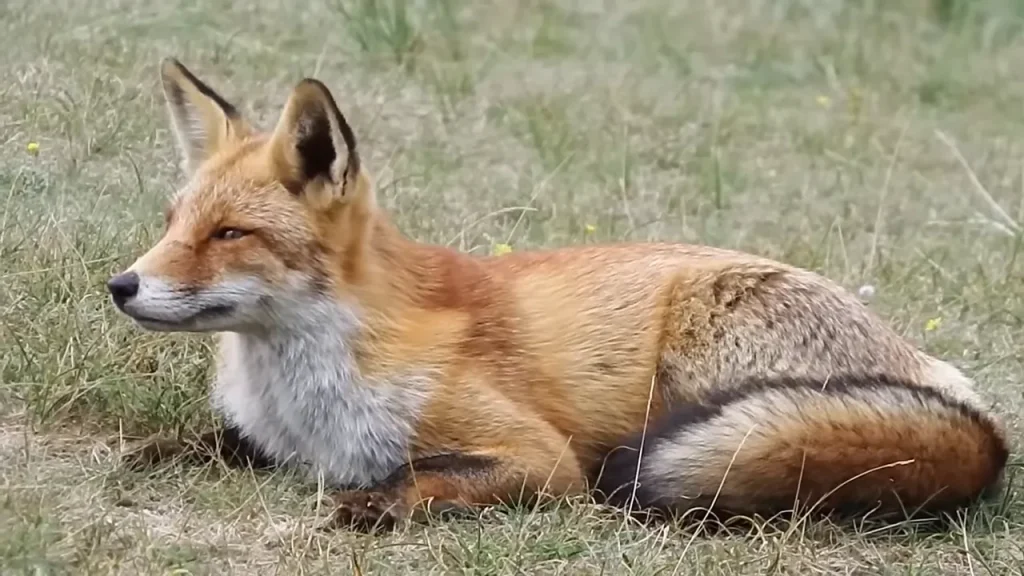
- Description:
Foxes in Zion, such as the red fox and gray fox, are small, clever predators with bushy tails and sharp senses. The gray fox is particularly unique as it can climb trees to hunt or escape predators. - Diet:
Foxes are omnivores, eating a mix of small mammals like mice and rabbits, insects, birds, and fruits. - Behavior:
Foxes are most active during twilight and nighttime. They are curious but shy animals, often staying hidden from human view. - Role in the Ecosystem:
Foxes help control populations of rodents and insects, preventing overpopulation and crop damage in nearby areas.
B. Weasels:
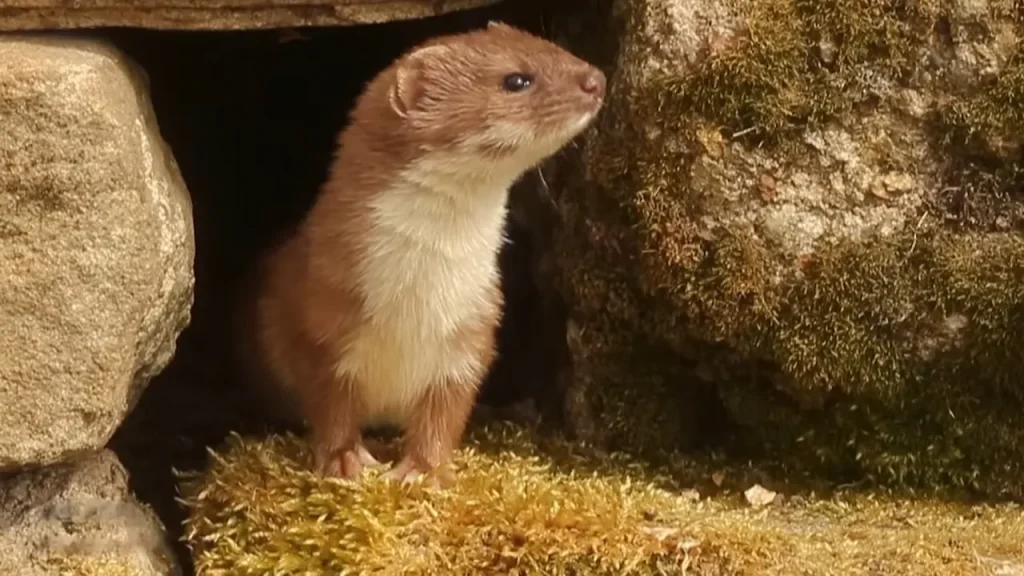
- Description:
Zion is home to smaller predators like long-tailed weasels. These sleek, fast-moving animals have a long body, short legs, and a pointed face. - Diet:
Weasels primarily hunt rodents, birds, and insects. Their high metabolism requires them to eat frequently, making them active hunters throughout the day and night. - Behavior:
Weasels are elusive and difficult to spot. They are excellent climbers and can squeeze into tight spaces to catch prey. - Role in the Ecosystem:
Like foxes, weasels are important for controlling rodent populations, which helps protect vegetation and supports other species in the food web.
Why Are Predators Important in Zion?
Predators play a critical role in Zion National Park’s ecosystem. They:
- Regulate Populations: Prevent overpopulation of prey animals like deer, rabbits, and rodents.
- Support Vegetation Growth: By controlling prey populations, predators reduce overgrazing and allow plants to thrive.
- Maintain Balance: Their presence ensures the ecosystem remains healthy and balanced, benefiting all species.
How to Stay Safe Around Predators
- Keep a Safe Distance: Keep a safe distance and use binoculars or cameras to watch predators from far away.
- Hike in Groups: Hike in groups, as predators are less likely to come near group of people.
- Store Food Securely: Avoid attracting wildlife by properly storing and disposing of food.
- Stay alert: Stay alert and pay attention to your surroundings, especially at dawn or dusk when predators are more active.